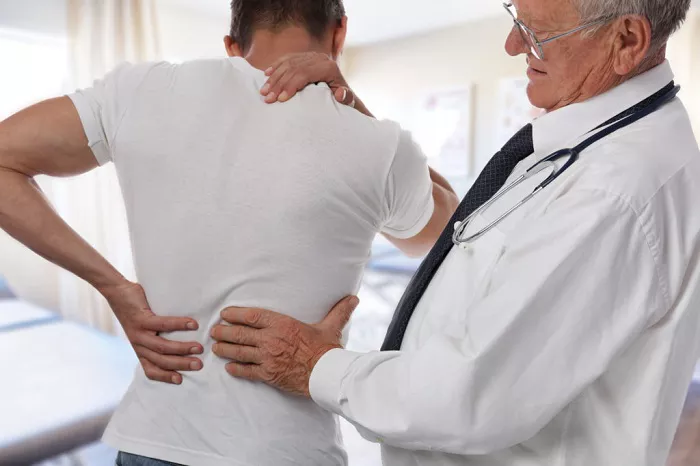Millions of people worldwide suffer from debilitating back pain, but a groundbreaking new study suggests most common treatments provide little real relief. Published in BMJ Evidence-Based Medicine, the research analyzed hundreds of clinical trials and found only 10% of non-invasive treatments worked better than placebos.
The Alarming Findings
After reviewing 301 studies across 44 countries involving 56 different treatments, researchers discovered:
- NSAIDs (like ibuprofen) were the only effective option for short-term back pain
- Just five treatments helped chronic pain: exercise, spinal manipulation, taping, antidepressants, and TRPV1 agonists
- Common remedies like acetaminophen, steroid injections, and antibiotics showed no real benefit
“These results confirm what many pain specialists suspected,” said lead researcher Dr. Aidan Cashin. “We’re often treating symptoms rather than causes.”
Why Treatments Fail
Experts point to two key reasons:
“Non-specific” diagnosis: Most back pain lacks a clear structural cause
Brain involvement: Emerging research suggests the nervous system may perpetuate pain even after injuries heal
A 2021 study found 66% of chronic pain patients improved with psychological therapy targeting pain perception.
What Actually Works
For acute pain:
- Short-term NSAID use
- Modified activity (not complete rest)
For chronic pain:
- Supervised exercise programs
- Cognitive behavioral therapy
- Targeted treatments if a structural cause is found
The Bottom Line
While the findings may seem discouraging, they point toward more personalized approaches. “The key is proper diagnosis first,” says orthopedic surgeon Dr. Erica Urquhart. “When we identify the true cause, we can choose treatments that actually work.”
For millions suffering in silence, this research may finally point the way to real relief – but it requires moving beyond one-size-fits-all solutions.
Related topics:
- Healthy Habits Could Be The Key To Managing Long-Term Back Pain
- Cosentyx: A Decade of Success in Treating Psoriatic Arthritis, Backed by New Real-World Data
- ER Overuse for PsA Pain: What Rural Patients Need to Know About Better Care Options


